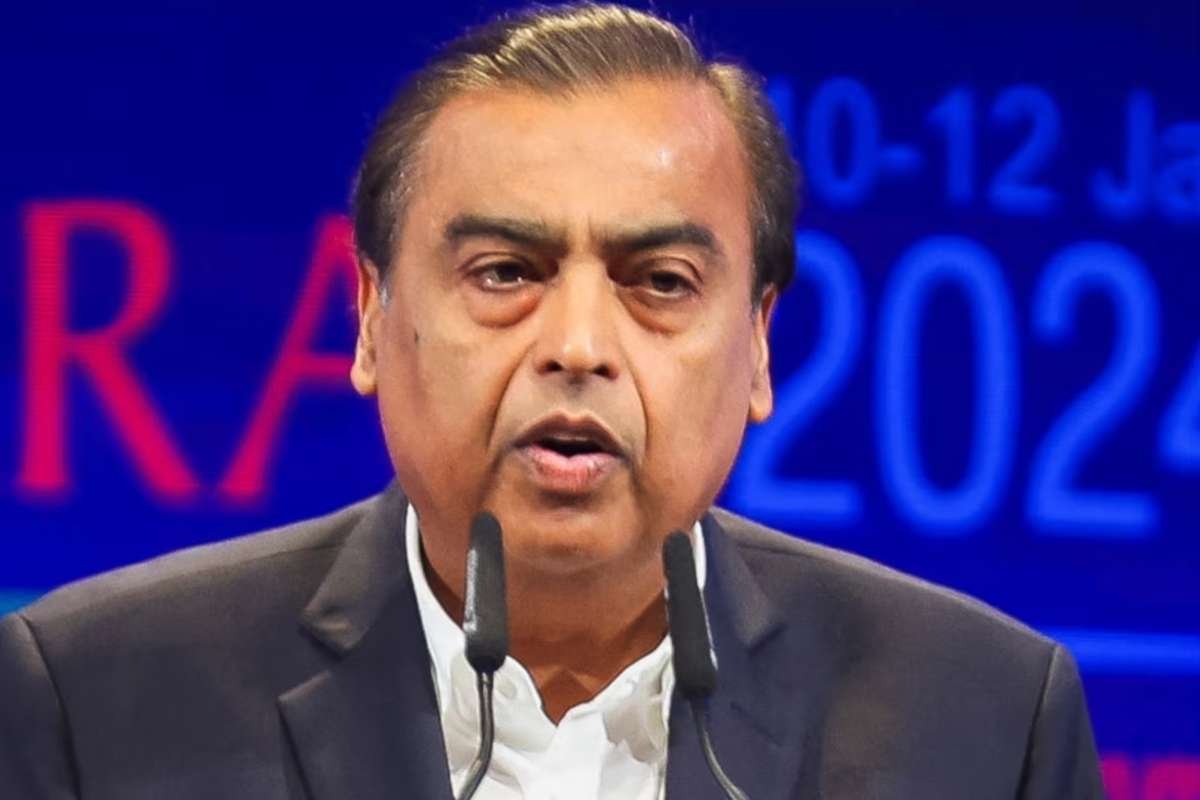Prime Minister Narendra Modi addressed the nation for the first time on Monday following a period of heightened military tension between India and Pakistan. His speech came after four days of intense exchanges, including shelling and aerial incursions, which were sparked by a deadly militant attack in Indian-administered Kashmir that left 26 people dead. India has blamed a Pakistan-based group for the assault, an accusation Islamabad has firmly denied.
In his address, Modi emphasized that while this may not be a time for war, it is also not a time to tolerate terrorism. “If another terrorist attack against India is carried out, a strong response will be given,” he warned. He underscored that peaceful trade and dialogue cannot continue alongside terrorist threats, echoing U.S. President Donald Trump’s earlier stance that trade with India and Pakistan would be contingent upon the cessation of hostilities.
Further amplifying his stance, Modi declared, “Water and blood cannot flow together,” referring to India’s suspension of a key water treaty with Pakistan in response to the recent violence. Meanwhile, Pakistan’s Prime Minister Shehbaz Sharif responded over the weekend by reaffirming his nation’s restraint, stating, “Our honour, our dignity and our self-respect are more precious to us than our lives.”
India Pakistan Ceasefire Holds as Tensions Ease Slightly
Over the weekend, a U.S.-brokered India Pakistan ceasefire was agreed upon between the two nuclear-armed neighbours. According to both Indian and Pakistani officials, the ceasefire has largely held, with military leadership from both countries meeting on Monday to discuss de-escalation strategies. An Indian army statement noted that both sides had agreed to avoid aggressive maneuvers and consider reducing troop presence along the borders.
Following this development, India announced the reopening of 32 civilian airports that were closed due to the conflict. Despite the ongoing fragility of the situation, both nations continue to remain on high alert, even as diplomatic and military channels seek to prevent further escalation.
The recent clashes mark another chapter in the long-standing conflict over Kashmir, a disputed region claimed by both countries. India and Pakistan have previously fought two full-scale wars over the territory and regularly exchange fire along the Line of Control, the de facto border.
Military Claims and Counterclaims Add to Uncertainty
The recent escalation saw both nations launching retaliatory strikes. On May 7, India reported attacking nine targets within Pakistan and Pakistan-administered Kashmir in response to the April 22 militant strike. Indian military officials claimed they struck 11 Pakistani air bases and eliminated more than 100 militants at nine training camps. They also alleged that Pakistan lost up to 40 soldiers along the Line of Control.
Pakistan, in turn, reported targeting 26 Indian military facilities and claimed that its drones hovered over India’s capital, Delhi. It also asserted that it had shot down five Indian aircraft, including three Rafale jets, though India did not confirm these losses, stating only that “losses are a part of combat.”
Following the India Pakistan ceasefire, both nations declared military success, while continuing to trade accusations about the scale and impact of the strikes. Though tensions have momentarily cooled, the underlying volatility of the region remains, as both sides prepare for the possibility of future flare-ups.







